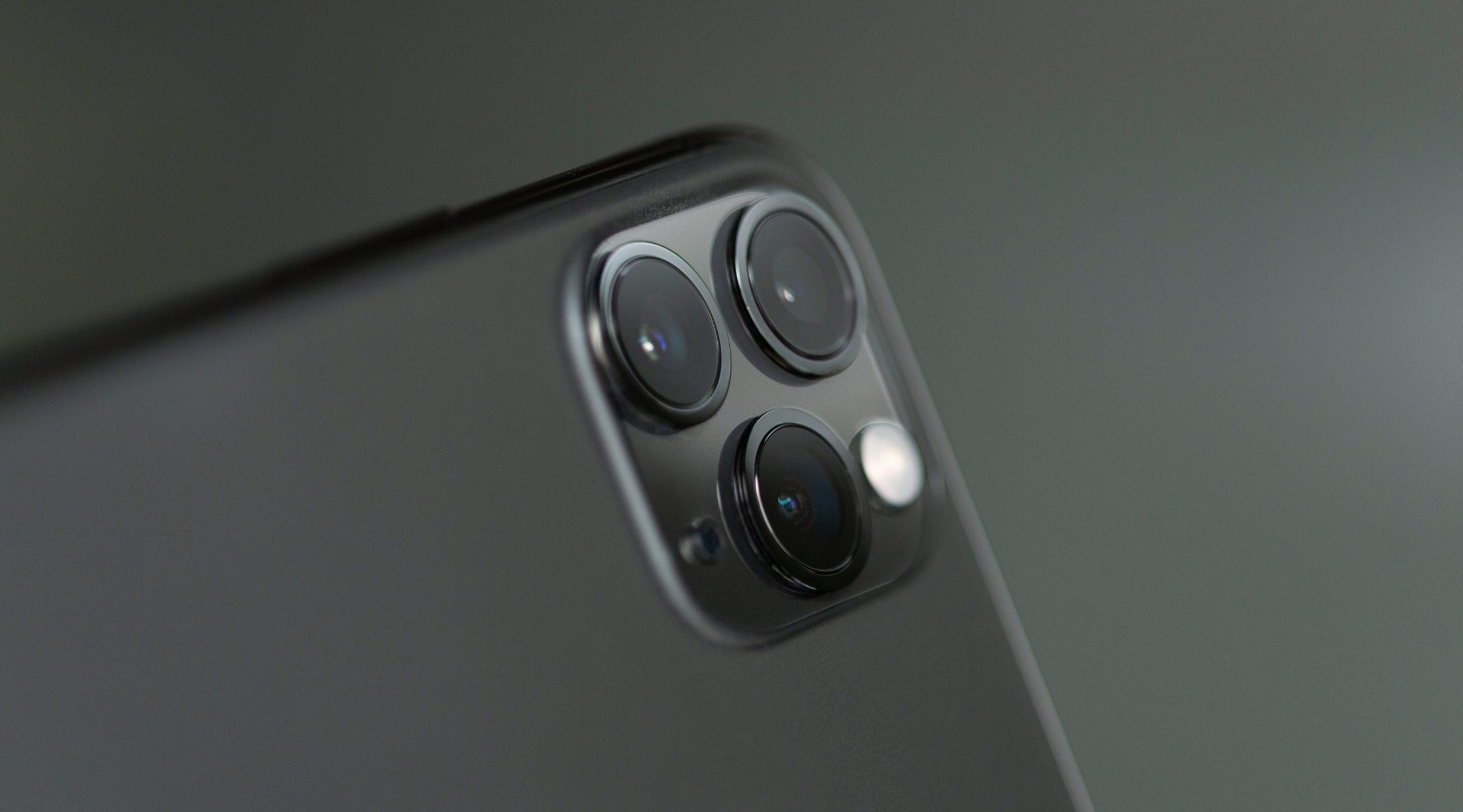The much-anticipated Google Pixel 9a has been making headlines as leaks continue to reveal details about its features and offerings. Positioned as the successor to the widely successful Pixel 8a, this latest addition to the Pixel lineup promises to appeal to tech enthusiasts and general consumers alike, thanks to its cutting-edge technology and array of color choices.
The Pixel 9a is expected to debut in four striking color options. Enthusiasts can choose from Porcelain (a classy white tone), Obsidian (a sleek black), Peony (a subtle pinkish hue), and Iris (a vibrant purple-blue shade). The diverse palette caters to various tastes, setting the phone apart in a highly competitive market.
Regarding its build, the Pixel 9a aligns with Google’s established design ethos. It features a nearly flat camera bar that integrates seamlessly into the back panel, enhanced by an aluminum frame with a muted matte finish. These design elements provide a premium look and feel often associated with Google’s high-end offerings.
Under the hood, the Pixel 9a is powered by Google’s recently developed Tensor G4 chipset, ensuring optimized performance and efficiency. Early reports suggest that the device will feature a 6.3-inch display with impressive specifications, including a 120Hz refresh rate and enhanced brightness levels suitable for HDR content. Such features aim to deliver a superior viewing experience, solidifying its appeal among multimedia enthusiasts.
In terms of memory and storage, the Pixel 9a will be offered in two primary configurations: a base variant with 128GB of internal storage and an upgraded 256GB version. While both models share 8GB of RAM, these configurations aim to provide users with flexibility based on their storage needs and usage patterns.
Google has maintained a competitive pricing strategy for the Pixel 9a, with projections indicating that the base model will retail for approximately $499/£499/€549. Upping the storage to 256GB is expected to cost around $599/£599/€649. These prices indicate Google’s intent to strengthen its mid-range lineup while keeping the device accessible to a broad range of consumers.
Of particular interest are the device’s photography and performance capabilities. Building on Google’s expertise in smartphone cameras, the Pixel 9a will likely offer advanced computational photography features powered by the Tensor G4’s imaging capabilities. Additionally, the device’s battery is said to be robust, ensuring reliable performance over extended usage periods.
The Pixel 9a has already generated excitement among technology circles for its balance of functionality, style, and pricing. Targeted at consumers looking for high performance without the flagship price, it represents Google’s vision of delivering meaningful user experiences through innovative yet accessible products. Its release will not only strengthen Google’s lineup but also heat up the competition among mid-range smartphones.
As the launch date approaches, more details are expected to emerge, further clarifying the device’s capabilities and market positioning. If initial impressions are anything to go by, the Pixel 9a promises to be a worthy addition to Google’s expanding Pixel series.


